Yellow Island
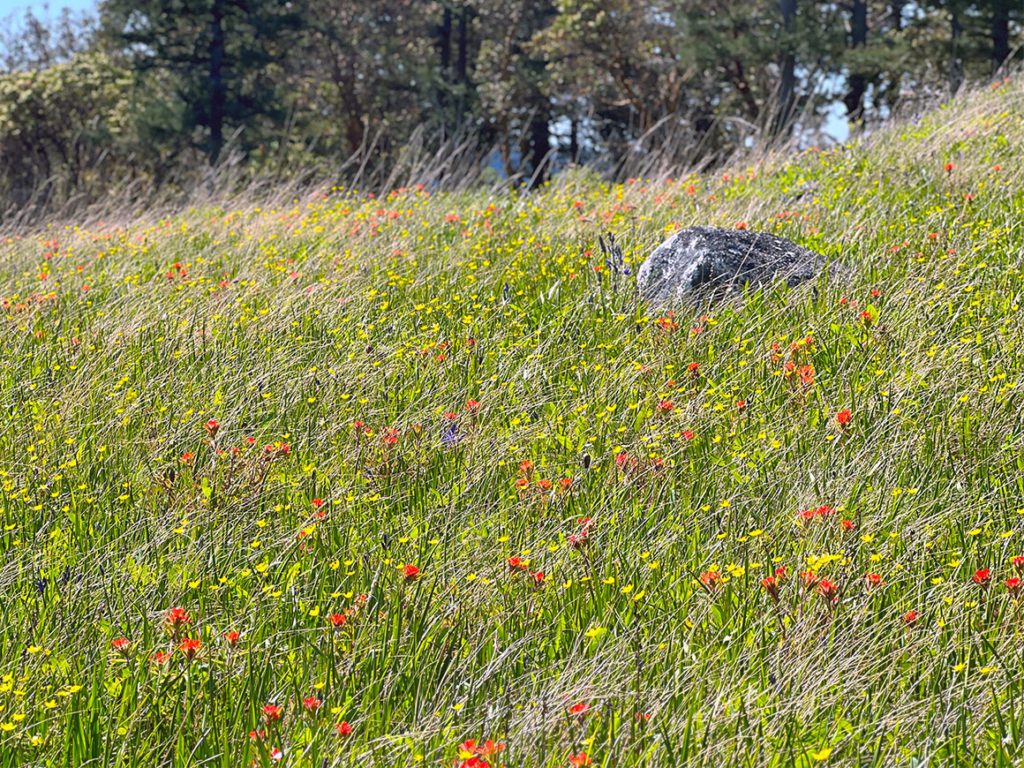
Yellow Island Preserve, known as “Looking Down on Rainbows” by the Coast Salish people, was the site of our amazing spring field trip. We are all feeling extremely fortunate to experience the 11-acre native grassland of an island in full bloom in the sunshine. In our quest to learn more about native ecologies, First Foods, and conservation, we spent the day immersed in blooming wildflowers and learning about how The Nature Conservancy is shepherding this ecological and cultural treasure.
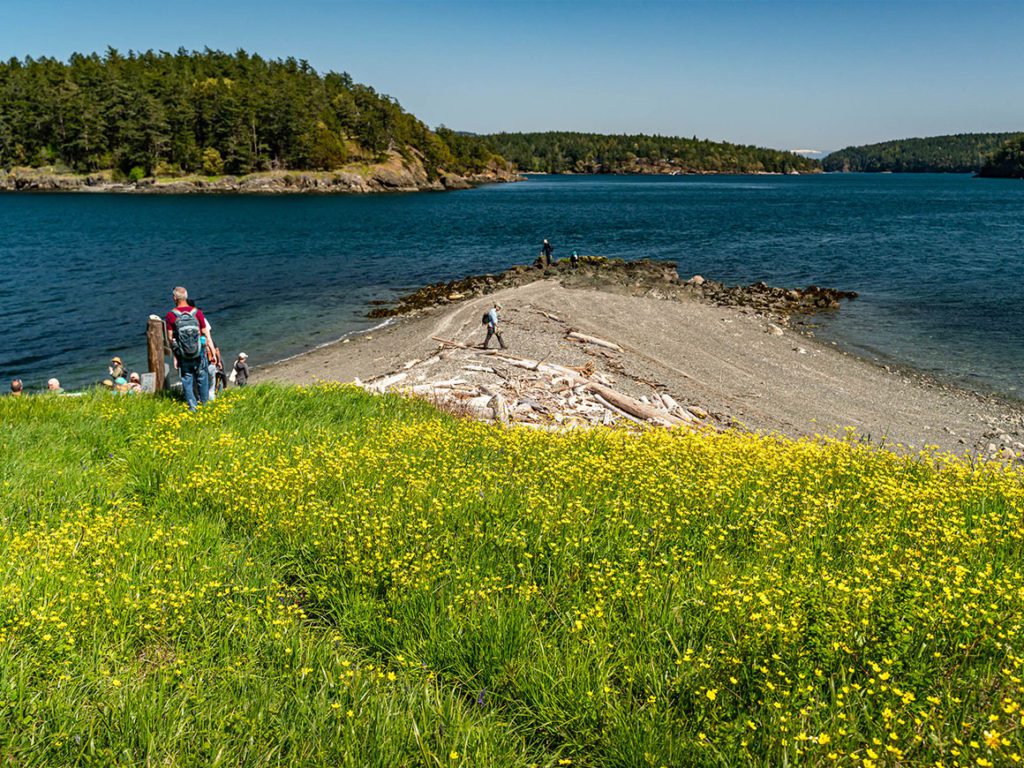
Due to the Coast Salish people’s past stewardship and currently that of The Nature Conservancy, Yellow Island’s grasslands are rich with a wide range (200 species) of native plants, which were out in abundance on the rare sunny April day when we arrived on the island. Carpets of western buttercup may be why the Island is called Yellow Island, but sprinkled among the buttercups were fawn lilies, blue-eyed Marys, brittle prickly pears, shooting stars, and chocolate lilies, to name a few.
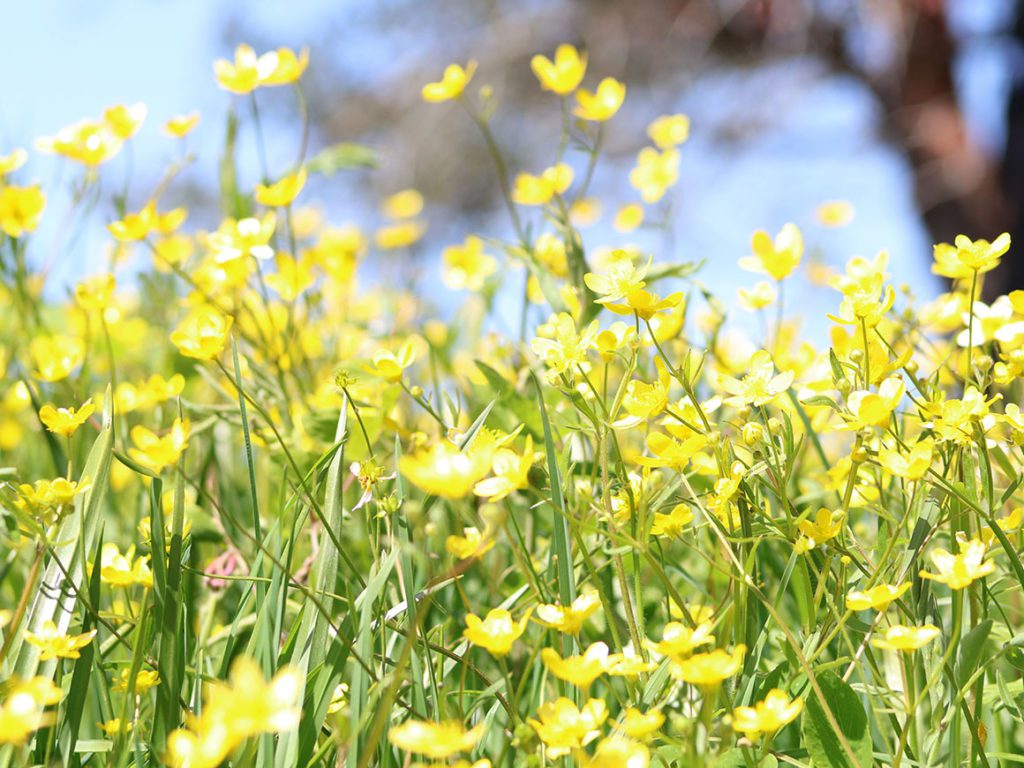
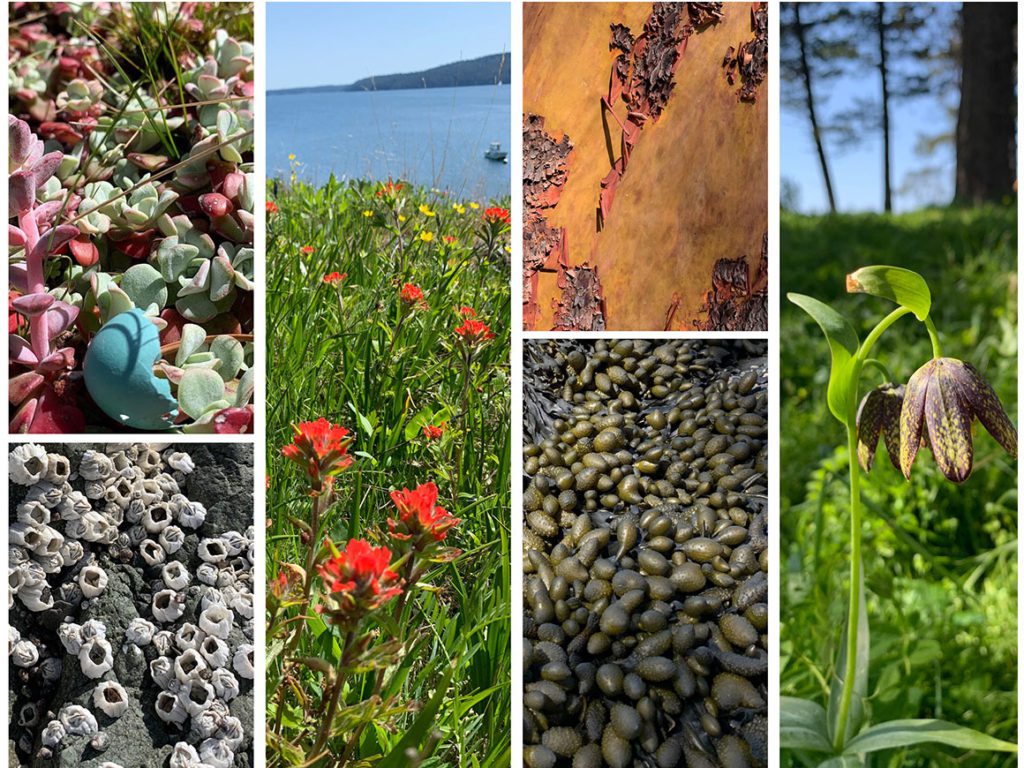
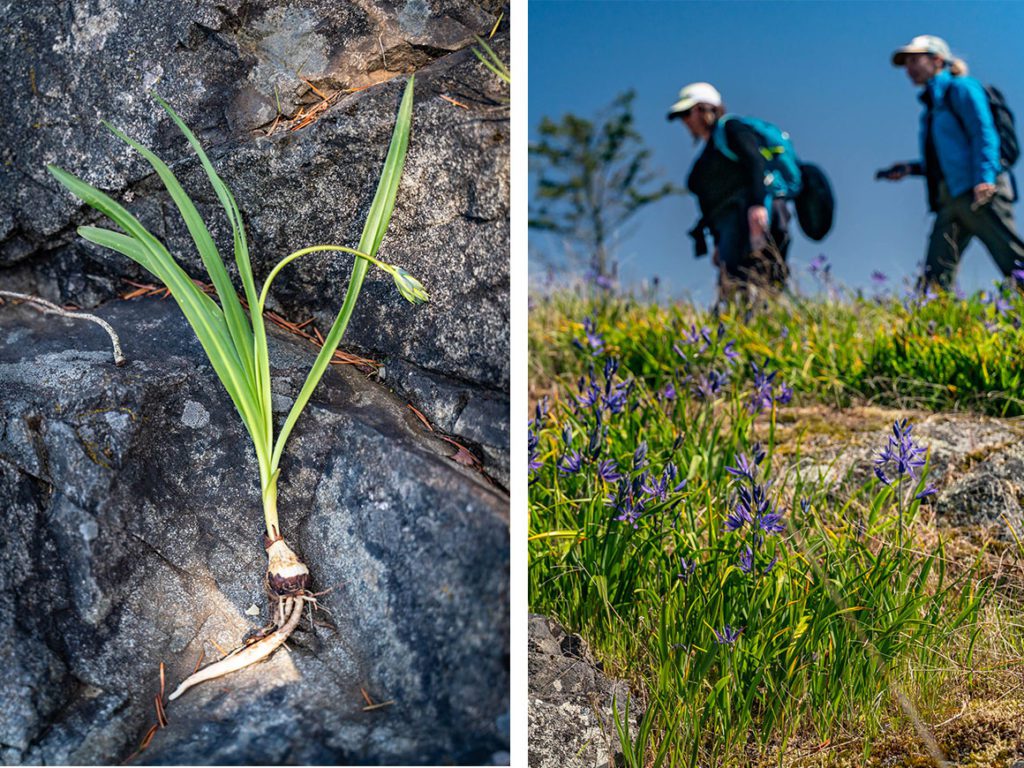
The ecology thrives in the absence of grazing and under controlled burns similar to Coast Salish people’s practices when the island served as a garden for vegetative food sources. The Coast Salish tended and harvested camas bulbs, and according to Matthew Axling, the Yellow Island Steward, probably roasted them exactly where we were standing listening to him tell secondhand stories of the island’s past. The practice of controlled burns also kept tree growth at bay. There are currently seven species of trees spread around the island and, when examined, some bear 250-year-old fire scars. Douglas firs, adept at surviving fires, are the dominant species. Other trees include Pacific madrone, grand fir, Garry oak, shore pine, Scouler’s willow, and Juniperus maritima or seaside juniper.
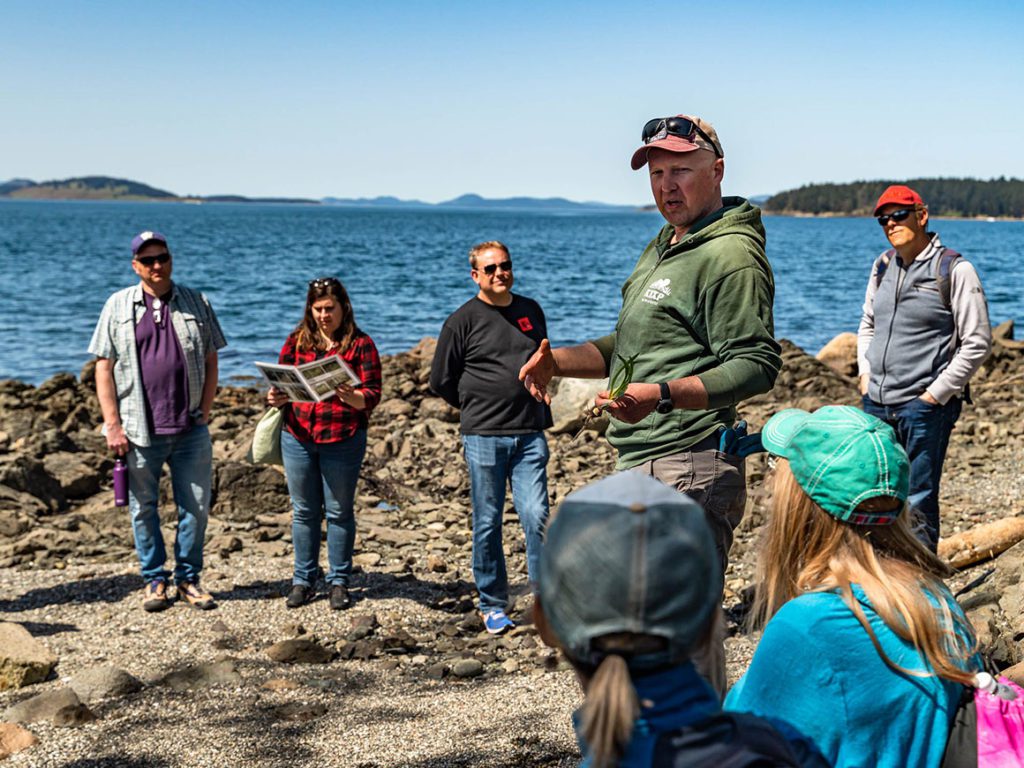
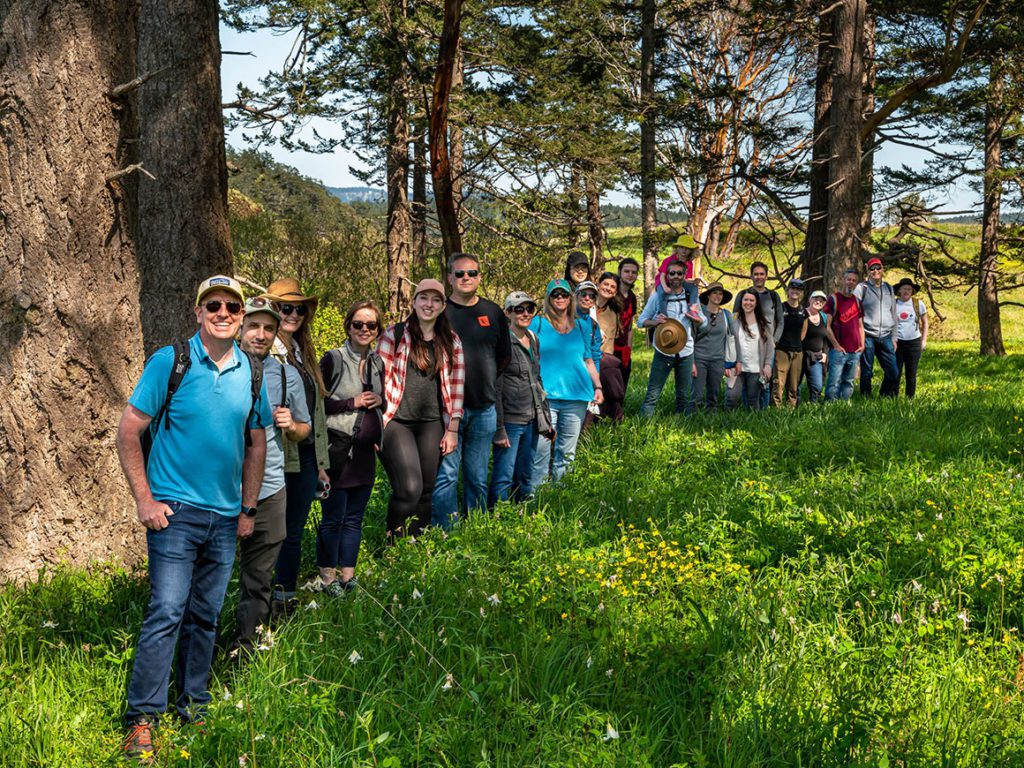
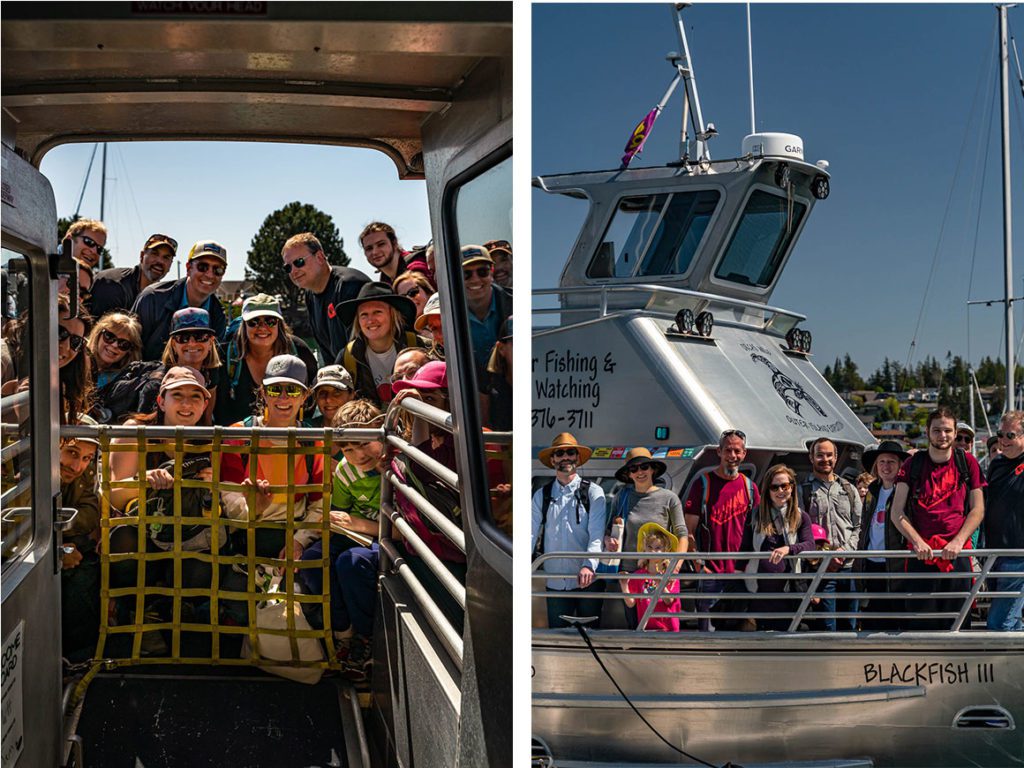
For more on the history of Yellow Island visit The Nature Conservancy website at https://www.washingtonnature.org/yellowisland